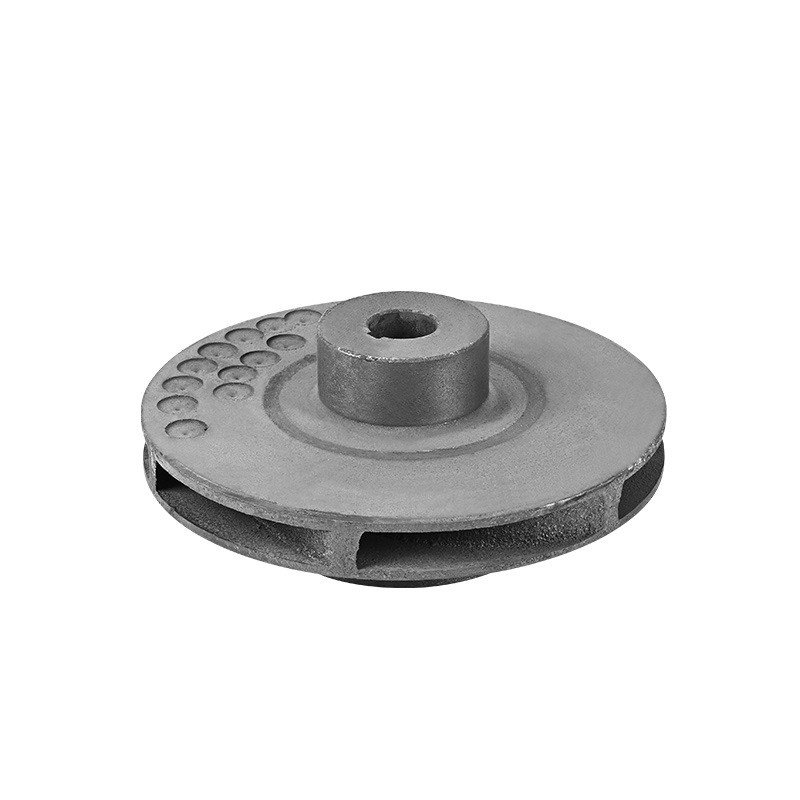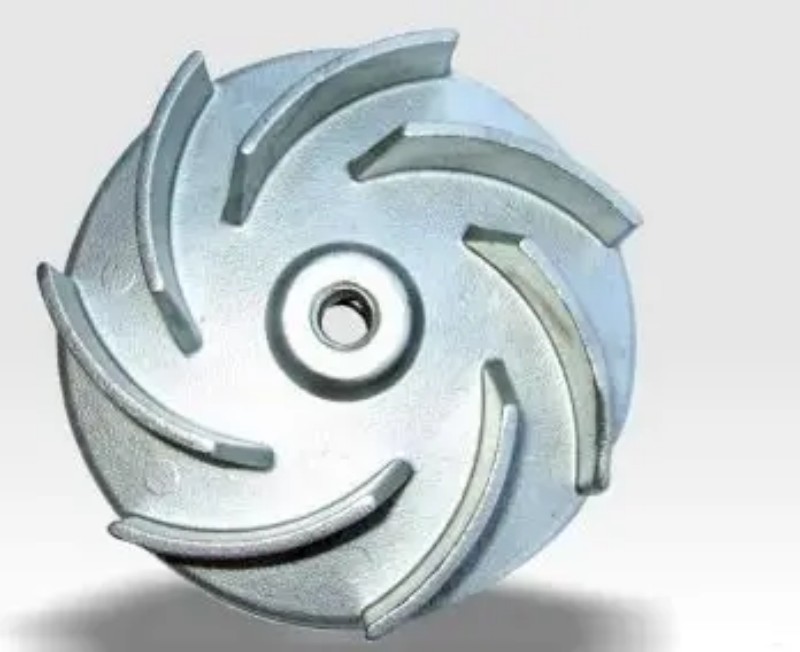Key Knowledge About Sewage Pumps
2025-09-08
Sewage pumps fall under the category of non-clog pumps and come in various types, mainly submersible and dry-installed models. Currently, the most common submersible type is the WQ series submersible sewage pump, while typical dry-installed ones include the W series horizontal sewage pump and WL series vertical sewage pump.
These pumps are primarily used to transport municipal sewage, manure, or liquids containing solid particles such as fibers and paper scraps. Generally, the temperature of the conveyed medium should not exceed 50°C. A major challenge with sewage pumps is that the conveyed medium often contains fibrous substances that tend to entangle or clump together. This makes the pump’s flow passage prone to blockages—once blocked, the pump will fail to operate normally, and in severe cases, the motor may burn out. Such issues lead to poor sewage discharge, which significantly disrupts urban life and harms environmental protection. Therefore, clog resistance and reliability are critical factors in evaluating the quality of a sewage pump.
Like other types of pumps, sewage pumps have two main components: the impeller and the volute. The performance of these two parts directly determines the overall performance of the pump. Specifically, the clog resistance, efficiency, cavitation resistance, and wear resistance of a sewage pump are mainly guaranteed by the impeller and volute. Below is a detailed breakdown of each component:

1. Impeller Structures
Impellers for sewage pumps are mainly classified into four types: vane-type (open,semi-open or closed), vortex-type, channel-type (including single-channel and double-channel), and screw-centrifugal type.
●Open/Semi-Open Vane Impellers: These impellers are easy to manufacture. If a blockage occurs inside the impeller, cleaning and maintenance can be done quickly. However, during long-term operation, abrasive particles will widen the gap between the vanes and the inner wall of the volute, leading to reduced efficiency. This widened gap also disrupts the pressure difference distribution on the vanes, causing significant vortex losses and increased axial force on the pump. Additionally, the stability of the fluid flow in the passage is compromised, resulting in pump vibration. Open/semi-open impellers are not suitable for conveying media with large particles or long fibers. In terms of performance, their efficiency is relatively low—maxing out at approximately 92% of that of standard closed impellers—and their head curve is relatively flat.
●Vortex Impellers: For pumps equipped with this type of impeller, the impeller is partially or fully separated from the volute’s flow passage. This design ensures excellent clog resistance, allowing the pump to handle large particles and long fibers effectively. Inside the volute, particles move under the push of eddy currents generated by the impeller’s rotation. Suspended particles do not generate energy on their own but exchange energy with the fluid in the passage. During flow, suspended particles or long fibers do not come into contact with the vanes, so vane wear is minimal, and there is no gap widening due to abrasion. This means the pump’s efficiency will not drop significantly over long-term use. Vortex impeller pumps are ideal for conveying media with large particles and long fibers. However, their efficiency is relatively low—only about 70% of that of standard closed impellers—and their performance curve is flat.
●Closed Impellers: Closed impellers deliver high efficiency and maintain stable performance during long-term operation. Pumps with closed impellers have smaller axial forces, and auxiliary vanes can be installed on the front and rear covers. Auxiliary vanes on the front cover reduce vortex losses at the impeller inlet and minimize particle wear on the seal ring. Those on the rear cover not only balance the axial force but also prevent suspended particles from entering the mechanical seal chamber, protecting the mechanical seal. The main drawback of closed impellers is poor clog resistance—they are easily entangled by fibers and not suitable for conveying untreated sewage containing large particles (or long fibers).
●Channel Impellers: These impellers have no traditional vanes; instead, they feature a curved flow passage that runs from the inlet to the outlet. This design makes them ideal for conveying media with large particles and long fibers, as they offer strong clog resistance. In terms of performance, their efficiency is comparable to that of standard closed impellers. However, pumps with channel impellers have a steeper head curve and a stable power curve, which prevents over-power issues. That said, their cavitation resistance is not as good as that of closed impellers, so they are particularly suitable for pumps with pressurized inlets.
●Screw-Centrifugal Impellers: These impellers have twisted spiral vanes that extend axially from the suction port on a conical hub. Pumps with this impeller type combine the functions of a positive displacement pump and a centrifugal pump. When suspended particles pass through the vanes, they do not collide with any internal parts of the pump, ensuring minimal damage to the conveyed medium. The spiral design also enhances the passage of suspended particles, making these pumps suitable for conveying media with large particles, long fibers, or high concentrations. They excel in scenarios where minimizing damage to the conveyed medium is a strict requirement. In terms of performance, these pumps have a steeply dropping head curve and a flat power curve.

2. Volutes (Pressure Chambers)
The most common volute type used in sewage pumps is the volute casing. For built-in submersible pumps, radial diffusers or channel-type diffusers are often preferred. Volute casings come in three designs: spiral, annular, and intermediate (semi-spiral).
●Spiral Volutes: These are rarely used in sewage pumps due to their complex structure and tendency to trap impurities.
●Annular Volutes: With a simple structure and easy manufacturing process, annular volutes were once widely used in small sewage pumps. However, their application range has gradually shrunk since the introduction of intermediate volutes.
●Intermediate (Semi-Spiral) Volutes: These volutes combine the high efficiency of spiral volutes and the strong permeability (clog resistance) of annular volutes. As a result, they have gained increasing attention from manufacturers.
Conclusion
In essence, any series of sewage pumps is a combination of different impeller types and volute designs, tailored to meet the requirements of the conveyed medium and installation conditions. As long as the impeller and volute are optimally matched, the pump’s overall performance—including clog resistance, efficiency, and reliability—will be guaranteed.





